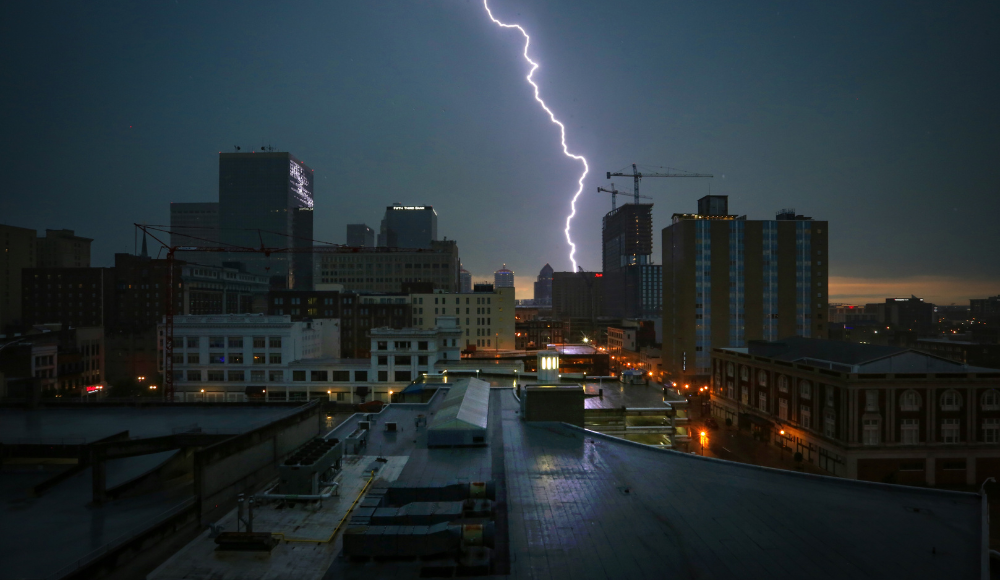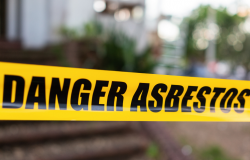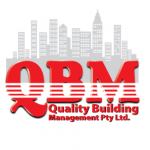Is Your Building Storm Season Ready?
With storm season approaching, it’s crucial to be prepared. To be prepared for severe weather starts with inspecting your building to mitigate potential storm damage. Brisbane is no stranger to severe weather, including floods, hailstorms, and cyclones. Prioritizing building safety and having an emergency management plan is essential. Read on to discover what you need to prepare for.
Flooding
A common problem many buildings face during storm season is flooding. If you live near the ocean and have experienced a cyclone or other storms that brought heavy rain, you’re probably familiar with this problem.
The best way to prevent flooding is to have a strong drainage system to ensure water can naturally flow away from your building and not accumulate on the ground around it. Pay attention when it rains to where the water flows and ensure the drains are clear of debris.
Once you’ve checked the drainage, ensure all tenants know the emergency evacuation diagram. This is a crucial step so they can exit safely in the event of an emergency. A refresher for tenants and employees on emergency weather protocols at this time of year is essential.
Doors and Windows
Doors and windows are the most common entry points for water and wind damage in a storm. Ensure that all of your doors, including garage doors, and windows are secure against any kind of weather.
If storms have been a problem in your area recently, check to make sure that all locks on windows and doors work properly. It’s also important to check for damaged or missing locks that may be difficult to replace quickly if there is a severe weather warning or other emergency situation.
Even though you’ve checked the status of every window in your building (and had them repaired) if there is any doubt about whether they can hold up against high winds or flooding waters during an emergency situation, keep them shut during storms—even if it means shutting off the power first!
It’s also necessary for children to know the emergency evacuation diagram in the event of the worst-case scenario if they are separated from adults. Ensuring they are aware of the emergency plan is important.
Roofs
The roof is one of the most essential parts of a building and it is crucial to be in good shape. If your roof has any problems, they will only get worse over time, costing you more and more money. To make sure that your roof is up to par and ready for storm season:
- Inspect regularly by getting a professional inspector or doing an inspection yourself.
- Repair any damage onsite if possible before it becomes too bad.
By doing these things every year or so, or engaging in an annual inspection, you’ll keep costs down by not having major repairs needed during storm season.
Trees
Trees can impact your building in a number of ways. Here are just a few:
- Trees falling on buildings.
- Tree branches crashing through roofs and windows, causing damage to the interior of your building.
- Trees that take out power lines and cause electrical outages.
During your building safety inspection, look at nearby trees. Assess the health of the trees, and the branches and how close they are to your building. Trim back or remove any trees that are in poor health which are more likely to be uprooted during a storm and cause significant damage.
After a Storm
Once a storm has passed and you’re confident that your building is structurally sound, it’s time to inspect for damage. If you see any major structural damage or any other type of damage that could affect your building’s ability to withstand future storms, contact a professional to make repairs as soon as possible. And ensure your insurance is up to date. Don’t let your building become a safety hazard—contact an insurance broker today and protect yourself from financial disaster in the future by having adequate coverage now.
At QBM, we provide professional support for emergency plans and annual inspections. Contact us today to prioritize building safety and help you get storm-ready.






